I've worked with numerous designers over the course of my career who could talk design proficiently, critique design well, and identify great design... but couldn't actually produce great design themselves. What are the reasons for this?
Here are just a few.
Latest
Design’s knowledge-application gap
The job seeker 10-second rule of thumb
Here's my simple rule of thumb for job seeking: You have ~10 seconds before hiring managers bounce to another candidate or decide to take the next step with you.
"Next step" translates to roughly two things:
a) Spending more than 10 seconds on your resume, portfolio, or LinkedIn.
b) Contacting you directly.
But hold on, is 10 seconds my recommendation for standard operating procedure as recruiters and hiring managers? Of course not. Yet regardless of how much time they actually spend, your most important info should be quickly digestible. Ten seconds or ten hours, don't bury the lede.
Here's how you can use the 10-second rule of thumb to your advantage.
More ➞
Who’s left to be experts on design?
It's often a mistake to believe design leaders must be experts of the products they lead. Yes, being a subject matter expert can be helpful. But that's not why they hired you.
They hired you to be an expert on user psychology, how you tap into this with the most effective visuals, interactions, and content, and how you lead others to do the same with their peers and stakeholders. After all if no one else is an expert at this in your organization, who's left to do it?

More ➞
“Be the leader you wish you had.”
As I look back over my career, it's possible I've gotten more leadership source material for writing, speaking, and mentoring from ineffective leaders above me than great ones.
If true, here's the takeaway: Don't underestimate the opportunity to become a better leader by observing those you don't aspire to become, especially if you can't change your circumstances right away. As one of my mentors once said, we are each other's clinical material and we would do well to remember this.
"Be the leader you wish you had" sounds trite. But it's a powerful maxim for putting your hard-earned experience to use.

More ➞
10 pro tips for hiring managers
"Don't work with jerks" has been one of my key principles for years. "Don't interview with jerks" is a close companion.
In a down market like this, the best hiring managers treat candidates with profound respect, realizing they're probably doing double the amount of interviewing compared to a healthy market. Yes, the interview process has always been a two-way street but it takes a mature, experienced hiring manager (or recruiter or executive) to treat it as such.
Here are 10 pro tips to treat candidates with respect.

More ➞
Just a reminder
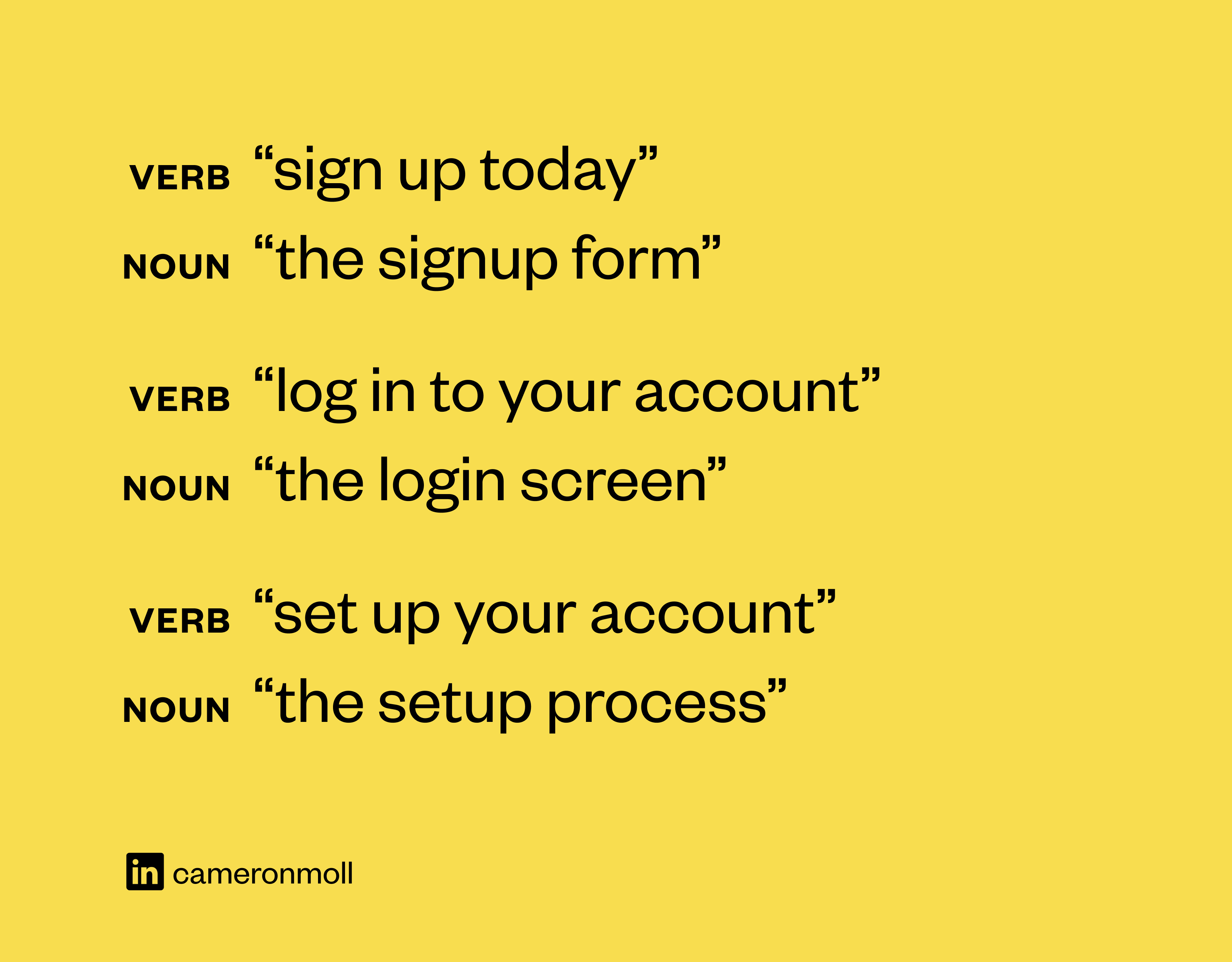
More ➞
Like a lamb to the AI slaughter
I have a hunch the AI revolution will be akin to the product design revolution in the early 2010s when traditional graphic designers were unwilling (for better & worse) to embrace product design.
Today the tables have turned. Product designers are facing an ever-increasing future driven by AI across all phases of design. For many the question looming in the back of their minds is identical to that of traditional graphic designers years ago:
"Is this really how I want to evolve as a designer?"
More ➞
Fonts I’ve fallen in love with recently
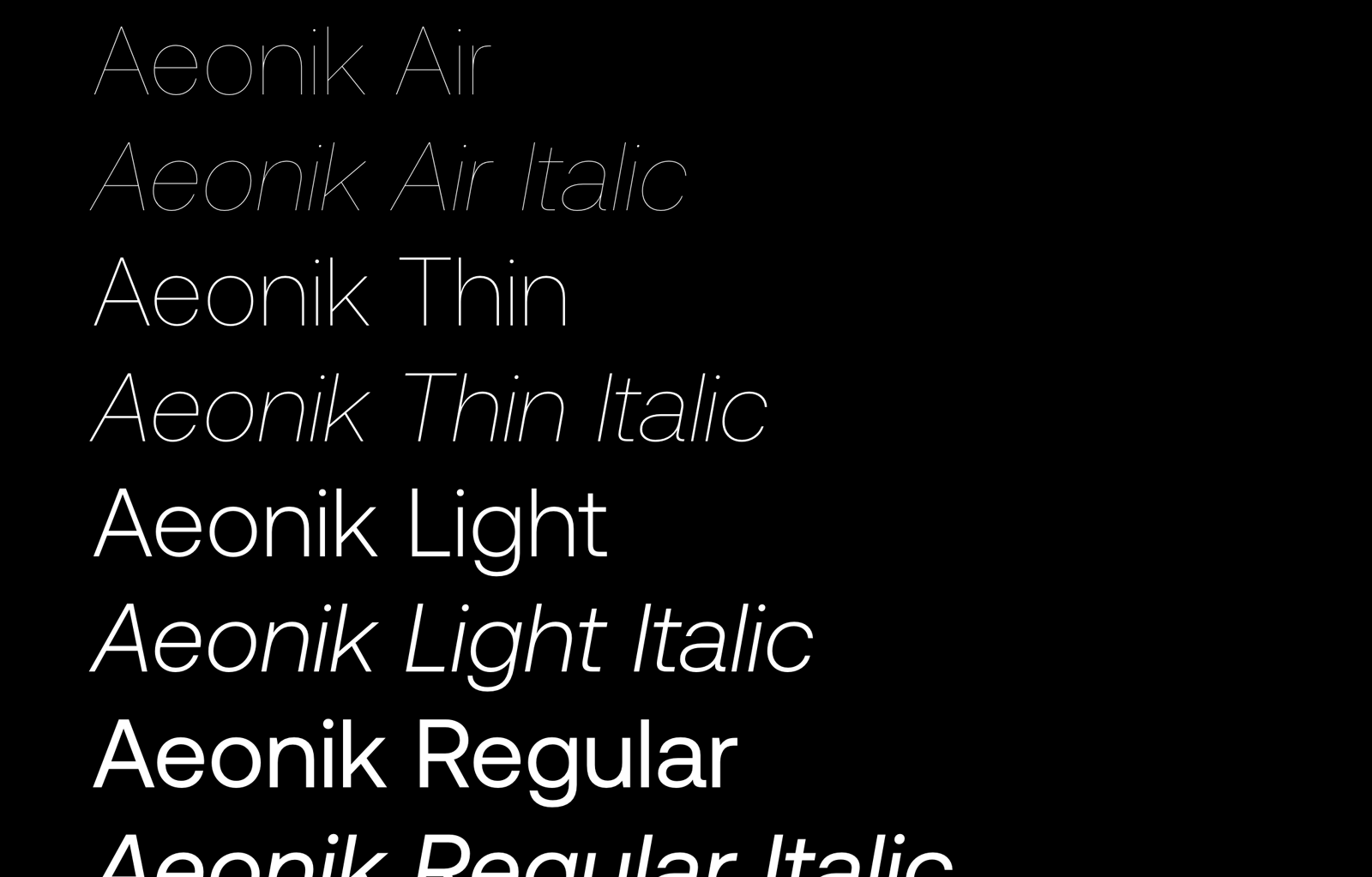
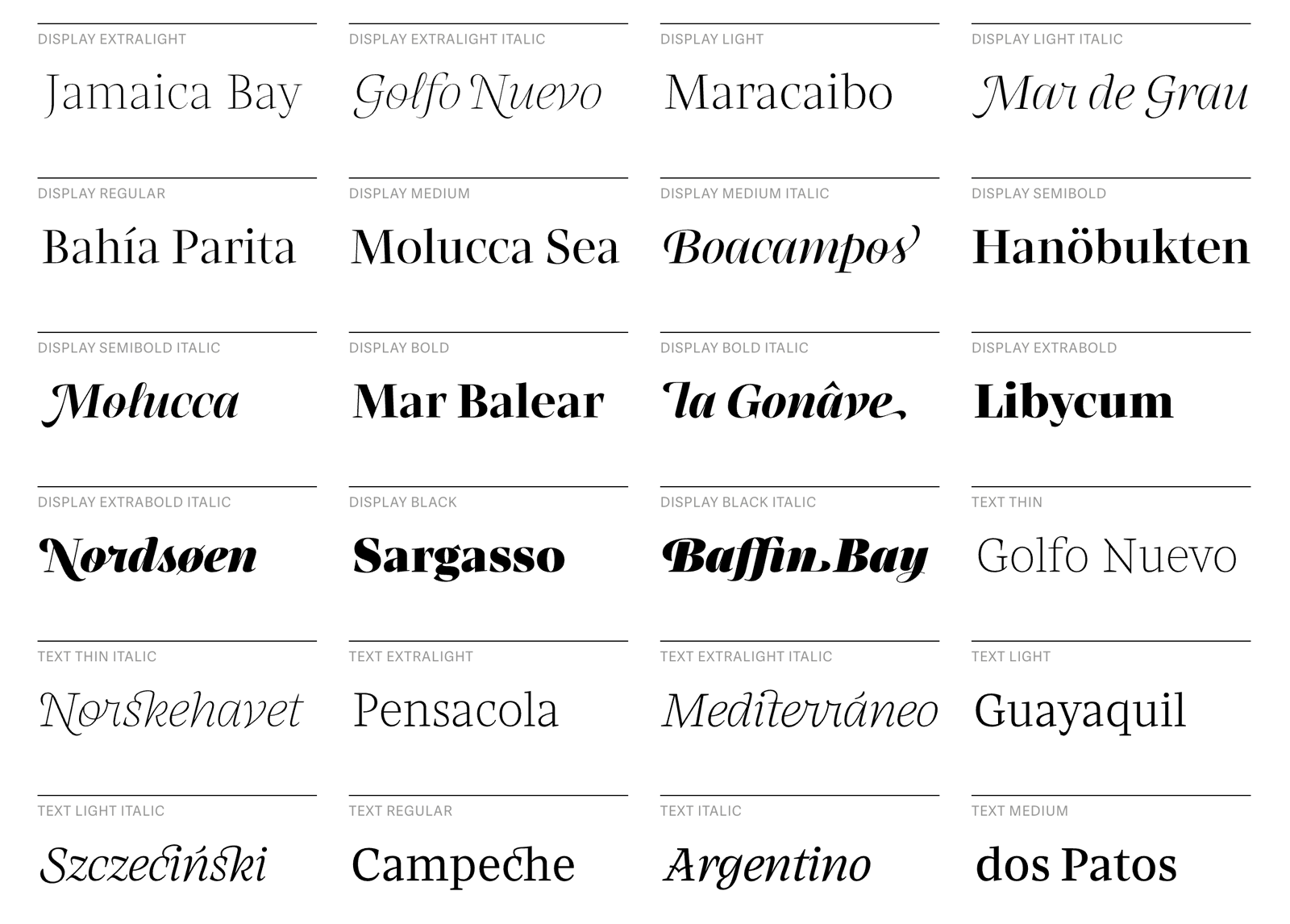
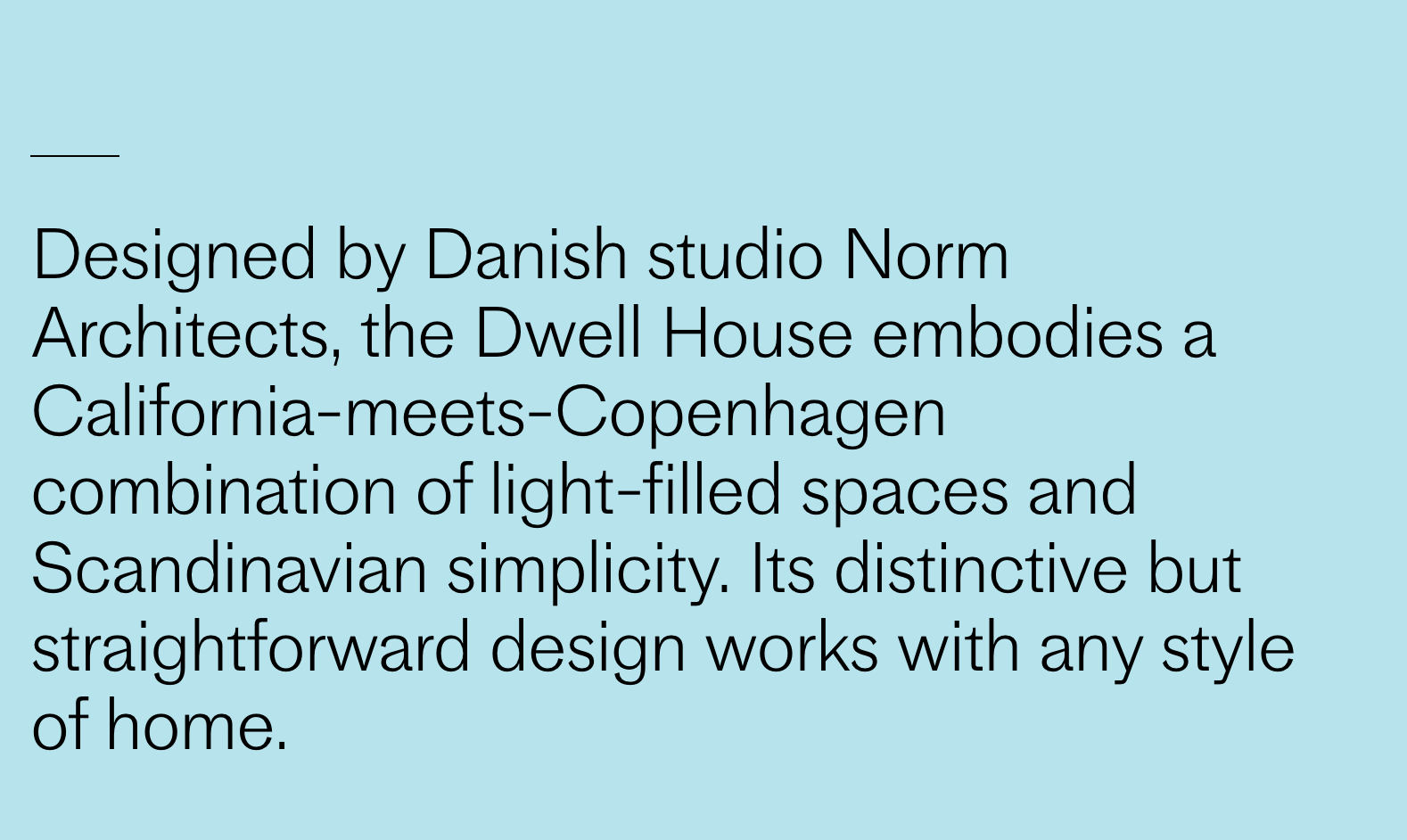
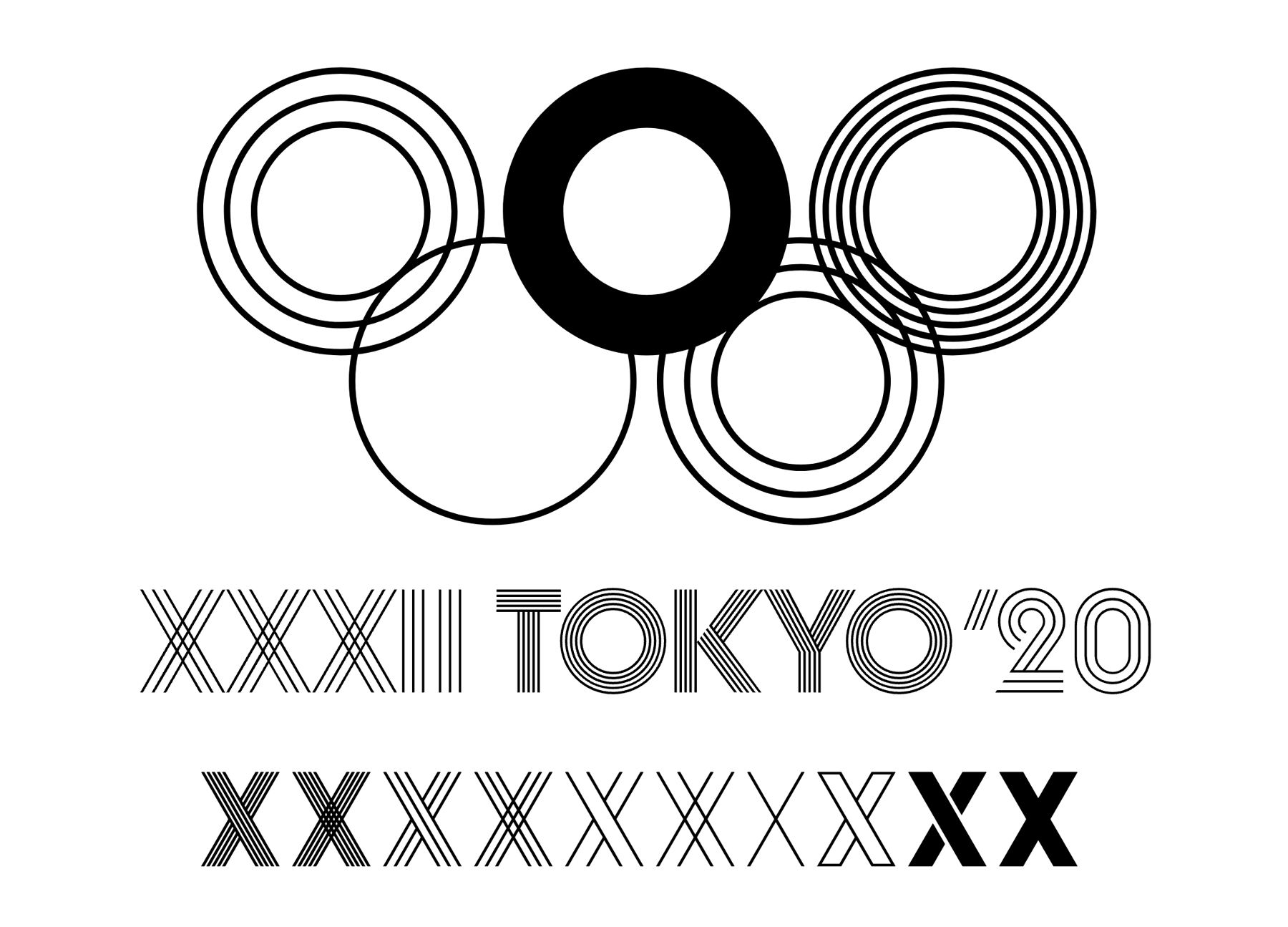
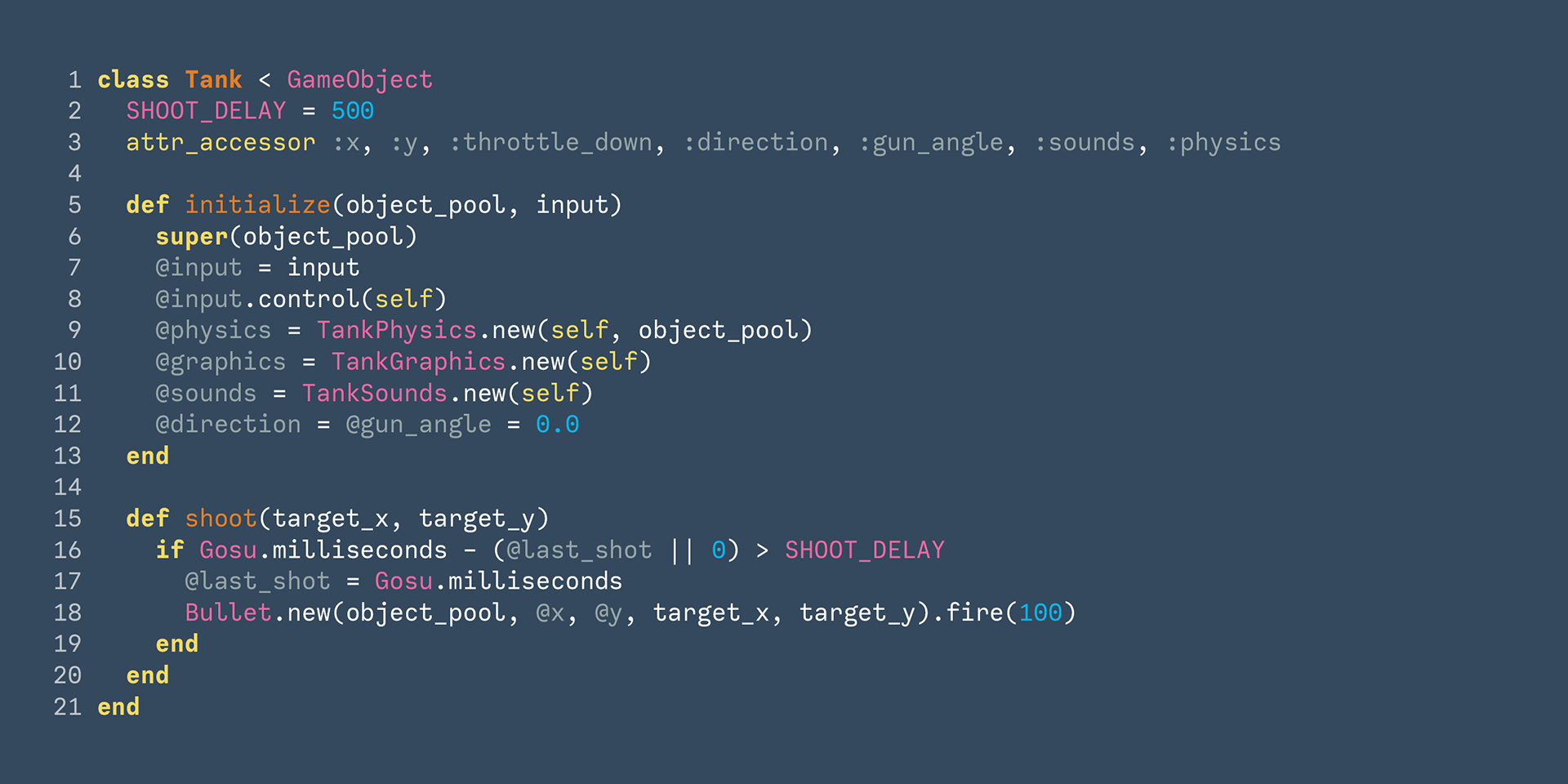
More ➞
Business needs, customer needs, and a Sam’s Club milk jug
The curse of a designer. I can't go anywhere without seeing Norman's The Design of Everyday Things lessons in, you know, everyday things.
And so when my wife brought home this Sam's Club milk jug the other day, it wasn't long before I pegged it as a perfect personification of the tussle between customer needs, business needs, and the product experiences we build.

More ➞
The Podcast Standards Project
Today The Podcast Standards Project (PSP) officially wills itself into existence. PSP was informally established in 2022 by a consortium of independent, prominent players in the podcast space with the purpose of protecting the open nature of podcasting, enabled by the decentralized distribution of RSS.
That’s a fancy way of saying someone’s gotta fight for openness and PSP is stepping up to be that someone. RSS is our rally cry.
More ➞
My problem-solving process in a nutshell
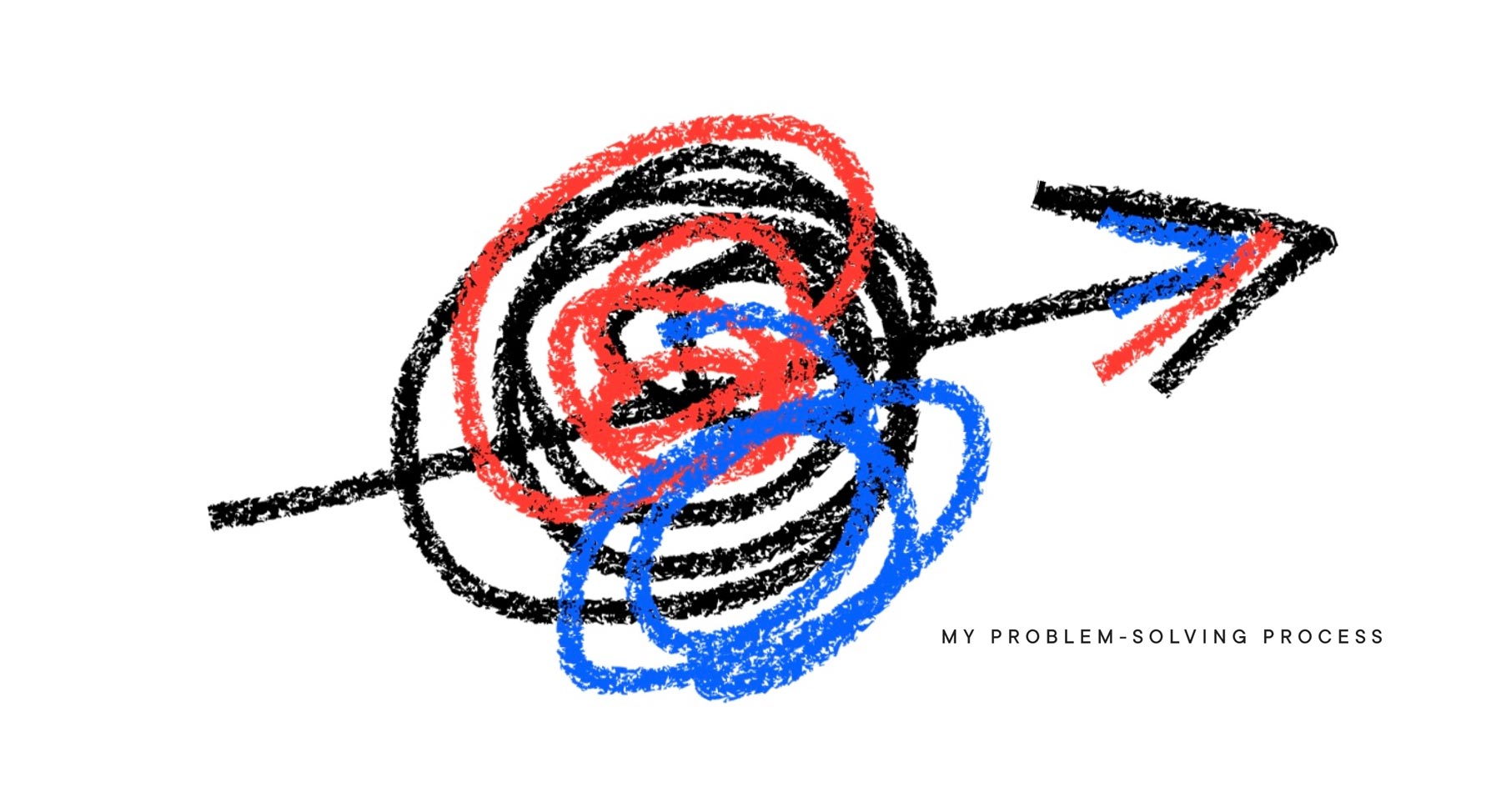
It's never too early to explore design ideas.
After all, it's called "design thinking" for a reason — critical thinking doesn't happen only inside your head; it also happens on paper, ink, pixels, or whatever medium you prefer.
More ➞
Putting the kibosh on UI vs. UX
This year I've seen more attempts than ever to draw distinctions between the practice of visual design vs. experience design, or "UI" vs. "UX", or whatever labels you prefer.
Let me be clear about this: This is ill-advised and misguided.
We need to stop acting as though the two disciplines are warring against each other. "Should designers code" has been replaced with "Should UX designers do UI" and "Should UI designers do UX."
More ➞
“What if” time
In my experience design teams lack “what if” time and are over-leveraged for “what are” time.
WHAT IF we did this amazing thing?
– vs –
WHAT ARE we delivering this cycle?
They’re not always mutually exclusive, but teams with adequate “what if” time are definitely a minority.
More ➞
Don’t settle for designing in between meetings
Designers, don't settle for constantly designing in between meetings and endless Slack bombardment. You deserve better than this.
✣ Close Slack for a few hours and ask teammates to text you if urgent.
✣ Set recurring blocks of 3-4 hours in your cal for focus time. This week and next are probably slammed for you. Look 2+ weeks out and you'll find openings…
More ➞
On whiteboarding exercises in interviews…
If the role often requires impromptu whiteboarding with absolutely no context before the meeting, include that in your interview loop.
If it doesn't, cut this garbage out of your interview loop.
More ➞
A better way to interview
Most interviews:
Welcome to our home. Please show and tell why you deserve to be a resident in our home.
A better way:
We’re an incomplete team right now. We’re missing a key position and we can’t play our best without it.
More ➞
“Design Sprint” vs “Design Jam”
"Design Sprint" has been contorted and somewhat abused over the years. For some it means a regimented 5-day process for answering specific business questions, for others it means open-ended exploration, and for others anything in between.
Ambiguity on the purpose of a "sprint" leads to non-design stakeholders questioning the value of said sprint, among other issues.
Here's the direction I gave my team earlier this year to use these specific terms.
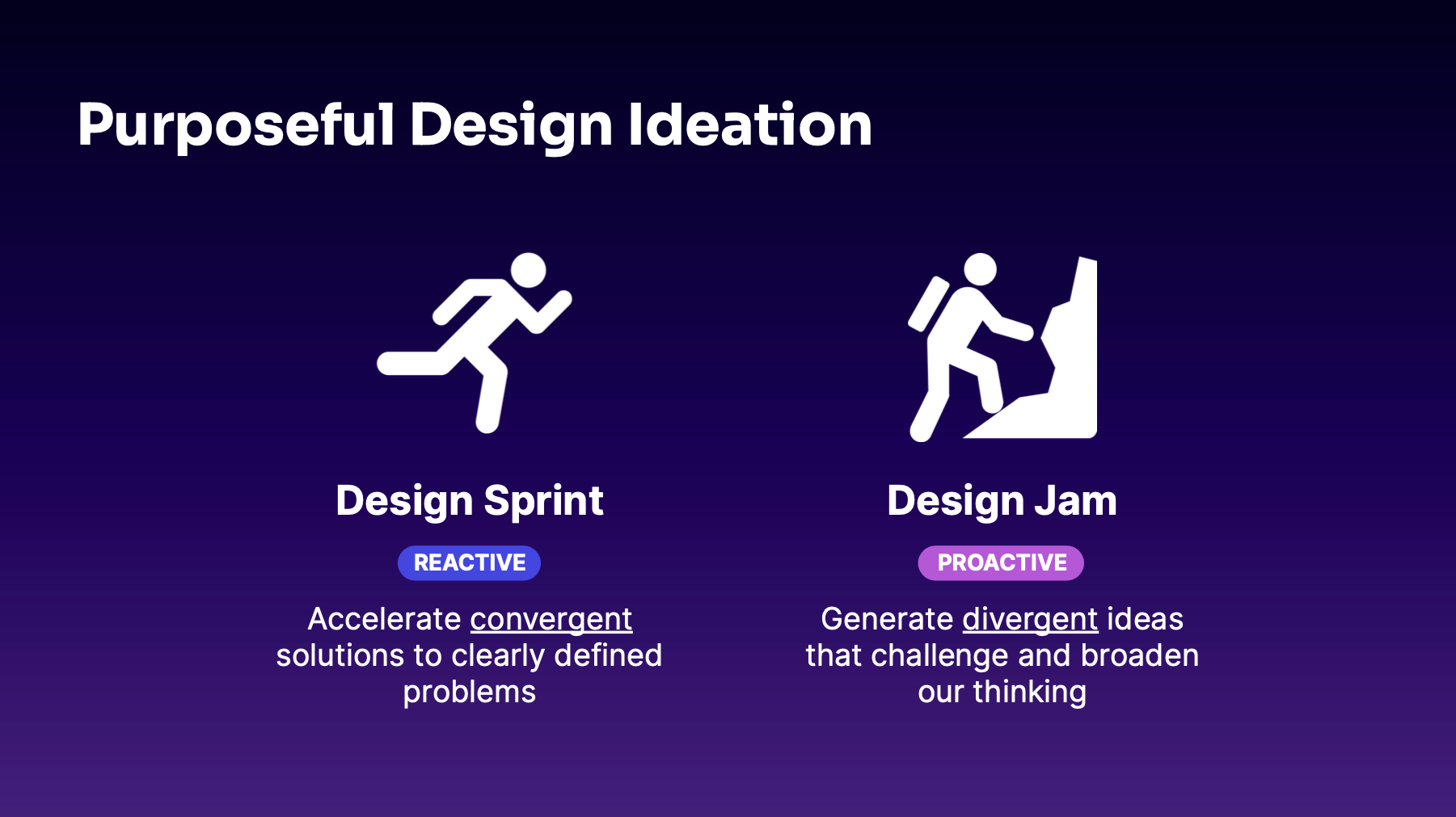
More ➞
Write more to interview less
So, here's the thing with interviewing: applications, screenings, and interviews are done with the sole purpose of getting to know your persona, knowledge, experience, and expertise. Imagine if you could shortcut some of this before ever speaking with the company?
You can. It's called writing.
More ➞
Ugh, layoffs. But you’ll be OK.
I grew a design team to 10 during the dotcom boom in the 90s/00s and then company layoffs reduced my team to just 2 when things imploded. Let me share with you a few things I learned.
✢ You will be OK. I promise.
Some of you have already been laid off, perhaps more of you to come. You’re hurting right now emotionally, financially, or in other ways. You’re terrified about the future. It may take time to get to OK, but it will eventually come.
More ➞
Interview for alignment, not emotion
Enthusiasm in interviewing is, in most cases, a qualification red herring.
More ➞
Golden Gate Bridge alternates
I love exploring alternate versions of my artwork. But it's a complicated affair. Conjuring alternate designs is the easy part. I could do that all day. Printing, storing, getting the US Navy to respond... well that's another matter altogether.
Here are some alternates I'm considering for the Golden Gate Bridge in Letterpress Type with caveats at the end.

More ➞
Minimizing ‘surprise’ in interviews
Give candidates your questions BEFORE the interview.
All of your questions? Not necessarily.
If most of your interview loop consists of "tell me about a time" questions that are a surprise to candidates, you might be biasing toward hires who can give detailed, articulate impromptu answers. Or who happen to have matching case studies on hand.
More ➞
Remote work → DEI
Remote work is diversity.
Remote work is inclusion.
Remote work is equity.
More ➞
That “Brookyln” typo
These are proofreading marks I left myself in 2010 while working on the Coliseum. I wish 2013 Me would have listened to 2010 Me: "check spelling".
Then again I wouldn't trade anything for the now-infamous ʙʀᴏᴏᴋʏʟɴ typo in 2013.

More ➞
Golden Gate Bridge in letterpress type
The Golden Gate Bridge re-imagined as if constructed entirely with type. Handcrafted character by character. More than 200 hours of work spread over 2 years. Now available for pre-ordering.

More ➞
The Future by Klim Font Foundry
Klim Type Foundry have released The Future, a font collection that pays homage to Paul Renner’s iconic Futura font. The release includes — wait for it — a Mono family.
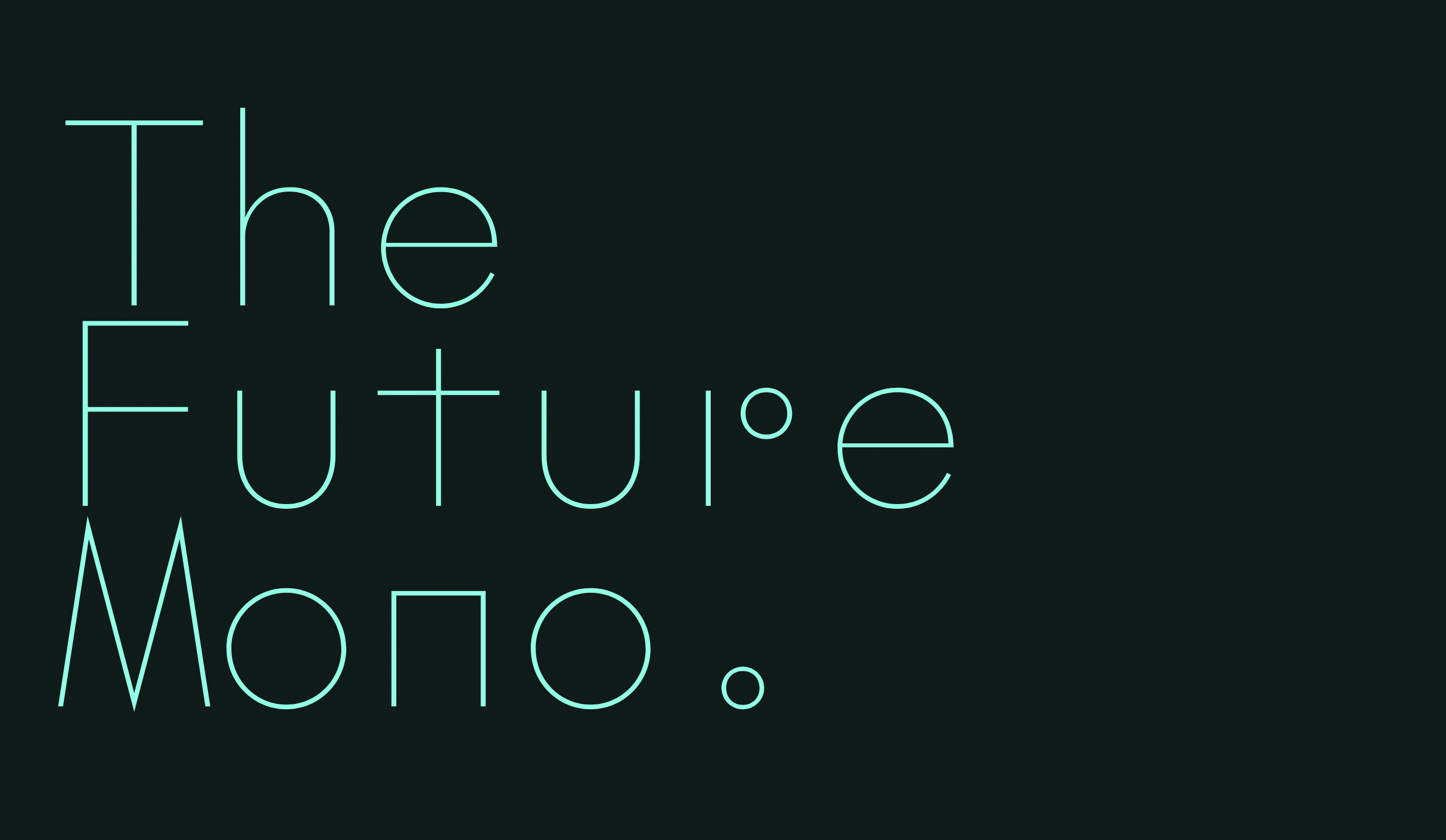
More ➞
The ‘what if’ of Design
One of Design’s greatest super powers is to ask “what if” and produce concepts that visualize this quandary.
When we require Design to justify its work with the Big 3 — business priorities, roadmap scope, and data — we marginalize this super power and relegate Design to a reactive role. Yes, the Big 3 should drive most of Design’s work but not all of it. The most magical outputs sometimes come from the most unjustified inputs.
Here are a few ways you can create space for What Ifs.
More ➞
Design is a game of quantity as much as quality
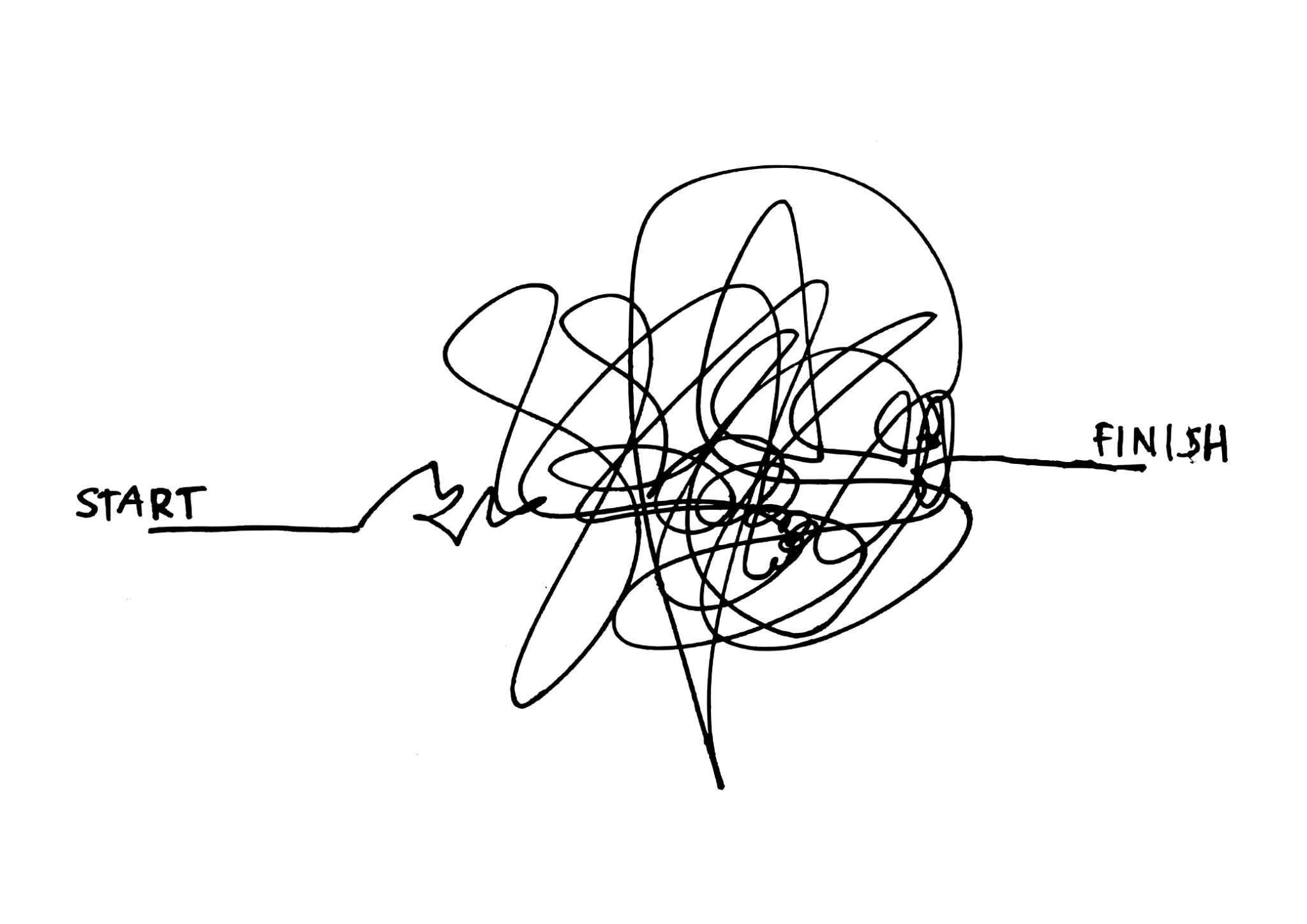
Design is a game of quantity as much as quality. Often you have to get all the bad ideas out of your head before the good ones start flowing.
More ➞
Ease of Use vs. Power of Use
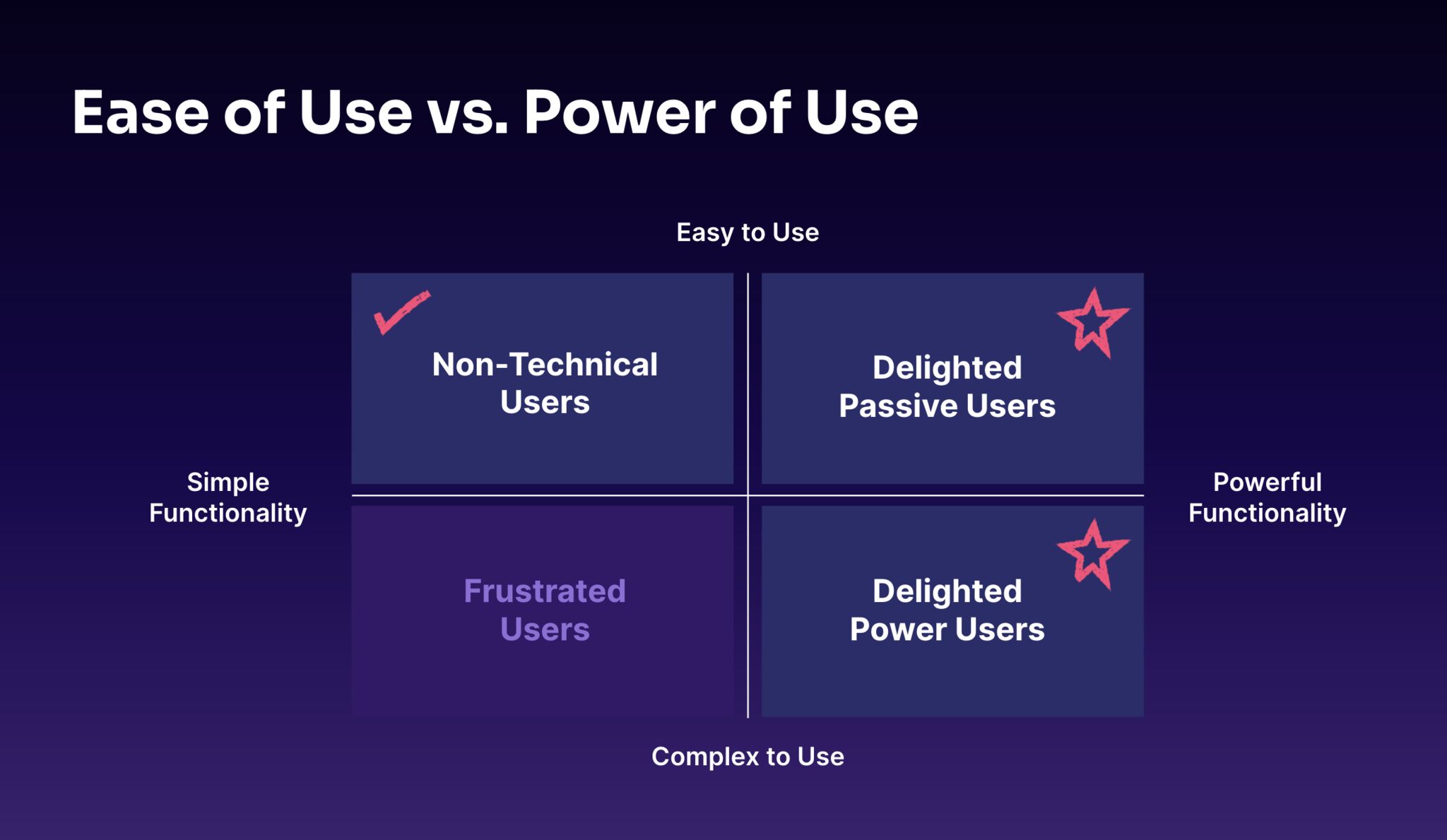
This is a diagram I've created for framing discussions at Pendo about the audience we're serving and it seems to be resonating over the past few months. It maps usage vs. functionality and demonstrates that most of the software we build serves a spectrum of users rather than one discrete audience. This spectrum only broadens as your product suite scales.
More ➞
Abraham Wald and the airplane diagram with red bullet holes – here’s the origin story
Let's set the record straight: if you've seen this image a bunch of times you have me to blame. Here's the backstory.

More ➞
Bad hires are an expensive mistake. Great candidates not hired are an even greater opportunity cost.
Hiring is hard. I know of only one constant with hiring: No matter how experienced or how good you think your hiring process is, you will pass up candidates that would have been strong contributors.
A few tips for increasing your chances of not overlooking the great ones.
More ➞
It’s OK to take PTO
I don‘t typically share internal team messages publicly but this is an exception worth making. We need more people beating the drum of “it‘s ok to take PTO” and maybe this will inspire you to join in.
More ➞
Ukraine
As the world's hearts ache collectively for Ukraine (mine included) there are two narratives I haven't seen expressed much and I thought I might take a shot at it.
More ➞
A love-hate technological dependency
I know of only one constant with technology, and it was coined by Neil Postman nearly 30 years ago: “Every technology is both a burden and a blessing,” Postman writes, and the only way to keep new technologies in check is to not become “incapable of imagining what they will undo.”
More ➞
How can I use focus blocks and get others to respect heads-down time?
We implemented cross-functional focus blocks across our entire portfolio at Facebook. Here's how you can do the same whether at the individual, team, or portfolio level.
More ➞
Part 5: In Their Own Words
In this final installment of our Performant Mental Health series, guest authors share their mental health challenges and victories.
More ➞
Social Anxiety and Depression: “It Sucks, Big Time!”
This article was written by an anonymous guest author for our Performant Mental Health series.
More ➞
My Non-Linear Grief Journey: A Daughter’s Love
This article was written by guest author, Ilana Shapiro Yahdav, MPA, ACGRS, for our Performant Mental Health series.
More ➞
Part 4: Mental Health at Work
In this fourth article of our Performant Mental Health series, we cover principles of an inclusive workplace, preventative mental health at work, empathetic leadership, and your rights as an employee.
More ➞
Part 3: Champions of Recovery—Supporting Those Affected by Mental & Emotional Illness
In this third article of our Performant Mental Health series, we explain why it's important to care for yourself before caring for others, the vital role of validation, recognizing common stigmas. We also share some of our own experiences treating mental health issues.
More ➞
Part 2: Addressing Your Mental Health with Honesty, Empowerment, and Creativity
In this second article of our Performant Mental Health series, we help you recognize the adverse symptoms of mental health, assemble a mental performance toolbox, combat negative self-talk, and discover a proper understanding of recovery.
More ➞
Part 1: A Beginner’s Guide to Mental Health & Mental Illness
In this first article we discuss what mental health and mental illness actually mean, the prevalence and invisibility of mental illness, physiology 101 of mental performance, and the ‘anchors‘ or guiding principles of this series.
More ➞
Performant Mental Health, The Series
This five-part series aims to ignite greater awareness of mental health issues at home and at work, encourage more candid conversation on the topic, reduce the stigma associated with mental illness, and improve mental performance at home and at work. Written for everyday people by everyday people.
More ➞
Don’t call it a comeback. I been here for years.
Hello again, friend. It’s been a minute.